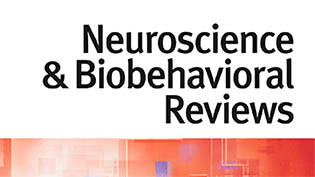Neuroharmony: A new tool for harmonizing volumetric MRI data from unseen scanners
Authors: Rafael Garcia-Dias, Cristina Scarpazza, Lea Baecker, Sandra Vieira, Walter Pinaya, Andrea Mechelli
Journal: NeuroImage
DOI: 10.1016/j.neuroimage.2020.117127
Abstract:
The increasing availability of magnetic resonance imaging (MRI) datasets is boosting the interest in the application of machine learning in neuroimaging. A key challenge to the development of reliable machine learning models, and their translational implementation in real-word clinical practice, is the integration of datasets collected using different scanners. Current approaches for harmonizing multi-scanner data, such as the ComBat method, require a statistically representative sample; therefore, these approaches are not suitable for machine learning models aimed at clinical translation where the focus is on the assessment of individual scans from previously unseen scanners. To overcome this challenge, we developed a tool (‘Neuroharmony’) that is capable of harmonizing single images from unseen/unknown scanners based on a set of image quality metrics, i.e. intrinsic characteristics which can be extracted from individual images without requiring a statistically representative sample. The tool was developed using a mega-dataset of neuroanatomical data from 15,026 healthy subjects to train a machine learning model that captures the relationship between image quality metrics and the relative volume corrections for each region of the brain prescribed by the ComBat method. The tool resulted to be effective in reducing systematic scanner-related bias from new individual images taken from unseen scanners without requiring any specifications about the image acquisition. Our approach represents a significant step forward in the quest to develop reliable imaging-based clinical tools. Neuroharmony and the instructions on how to use it are available at https://github.com/garciadias/Neuroharmony.
